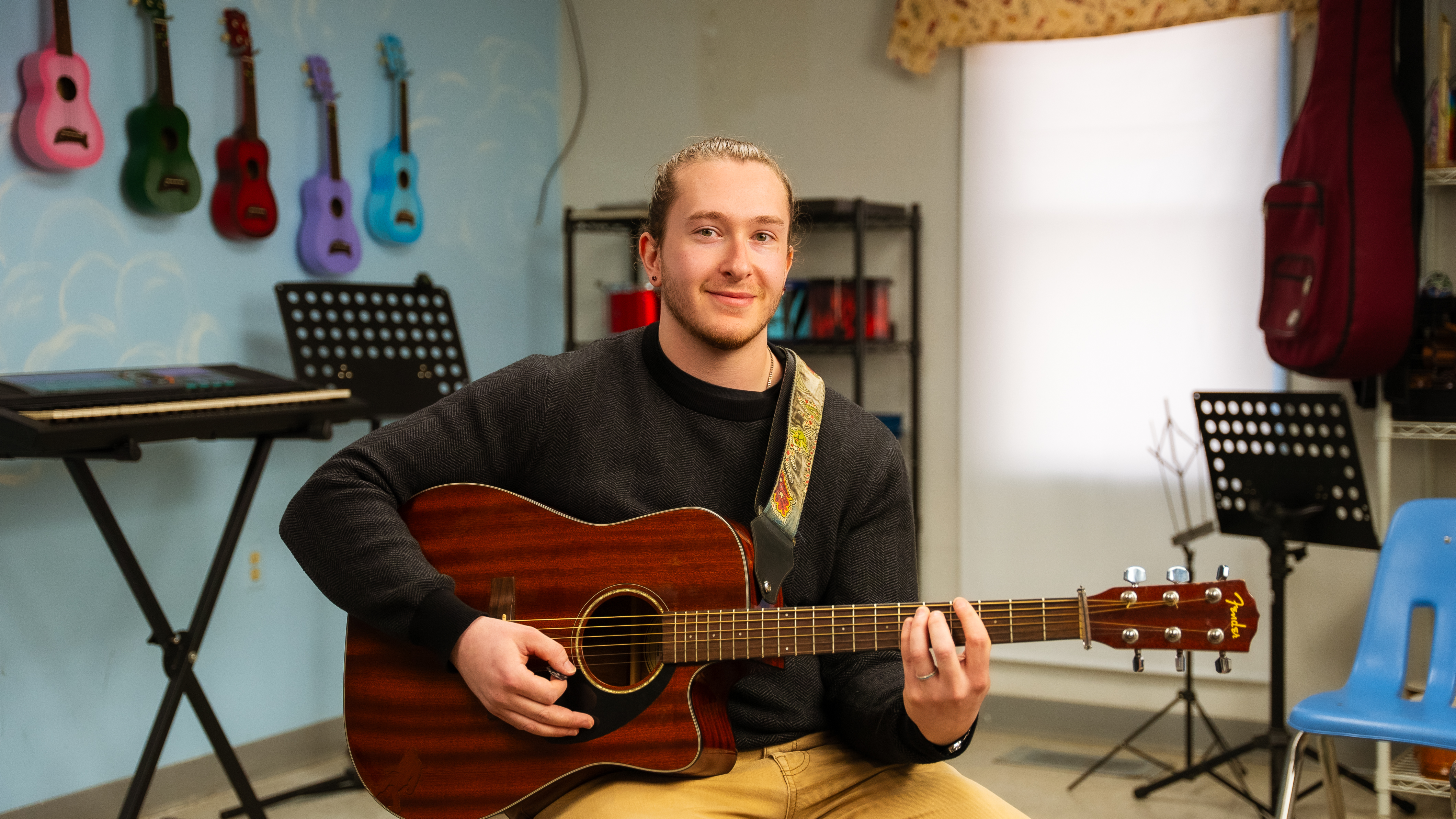We are so pleased to introduce you to Keith Wheeler, a member of the Illinois House of Representatives who has represented the 50th district since being sworn into office in January 2015. Rep. Wheeler, a champion for change, was instrumental in advancing the passage of House Bill 219 (HB219) “barring school workers from locking children alone in seclusion spaces and limiting the use of any type of isolated timeout or physical restraint.” This new legislation also requires schools that receive state funding to make a plan to reduce — and eventually eliminate — seclusion and prone restraint over the next three years.
Thank you Rep. Wheeler for your dedication to helping keep Illinois children safe! Here is a recent interview with Rep. Wheeler:

Q: Why is the reduction of restraint and seclusion in Illinois schools such an important issue for you?
This issue was first brought to my attention by two therapeutic day schools, which are located in the legislative district I represent. They contacted me because an emergency ban on restraint had been enacted. Both prone and supine restraints were determined to be the appropriate measures bases on agreed Individual Education Plans (IEPs) for a handful of their students. With the ban enacted, they were concerned these students would be dis-enrolled. No transition or opportunities for staff training were offered with the ban, so they didn’t know what to do to protect these children and keep them in school. One of the phrases I’ve used to describe the students they serve is “the one percent of the one percent.” What that means is that the students facing the most severe challenges are enrolled at these schools. Many are at the most heightened level on the autism spectrum, in addition to a host of other disabilities. After visiting these facilities and witnessing how restraint is used when a child goes into crisis, I wanted to ensure that these students and their staff were going to be taken into account when making policy changes related to restraint.
Q: Last year, a ProPublica Illinois-Tribune investigation documented more than 35,000 seclusion and restraint incidents involving students in 100 school districts over a 15-month period in Illinois. What did you think when you heard those statistics? Did you know the extent of the problem prior to this report?
I was quite surprised to learn of the frequency that seclusion and restraint were being utilized. This was not an issue that I had much experience with prior to becoming a legislator. It was certainly never anything I experienced as a student. I was grateful to collaborate with a fellow legislator who did experience childhood trauma as a result of these techniques being used on him. He was extremely helpful in explaining first-hand the issues that those memories caused for him well into adulthood.
Q: Congratulations on HB 219! Why did you fight so hard for the bill’s passage?
HB219 was a success story, not only because of the policy improvements that the bill brings, but also because of the bipartisan approach that brought the bill to unanimous roll call votes in the Illinois House. We worked through concerns with HB219 that we could get staff trained to protect themselves and students without using restraint. I negotiated hard on this bill to ensure that the one percent of the one percent, who I referenced previously, were going to have their right to an education upheld in an environment that gives them the best chance to succeed. In addition, data showed us that restraint and seclusion were occurring way, way too frequently in the general school population where it has no place.
Q: Why is this bill especially important to the disability community in Illinois?
Over the past few decades, incredible progress has been made in treating and educating people with disabilities. Gains that were thought unthinkable a few short years ago are now becoming mainstream. School districts, employers and governments are realizing that the individuals with disabilities have a tremendous amount to offer. By utilizing the advancements and new approaches to education and treatment, miraculous advancements have been made. HB219 is another important step forward for the disability community!
Q: What role have parents played in raising awareness of this issue across your state?
Parents have been critical to my understanding of this issue. In a previous answer I mentioned a rule by the Illinois Board of Education that went too far. The impact of the rule meant that numerous students had to be disenrolled from their school because they were stripped of the tools necessary for that child’s IEP. I was greeted in my district office by a parent and their son, Marshall. Marshall is a beautiful boy who was adversely affected by the ISBE rule and subsequently disenrolled from his therapeutic day school. Marshall’s parent explained to me that because of government overreach, Marshall now had nowhere else to go. One of his parents were going to have to quit their job to stay home with him. His disability is one which would require professional training to treat him. Neither parent was equipped to give Marshall the outstanding care he was receiving at his day school. He had made so much progress as a result of the IEP that was developed for him. Now, due to a bureaucratic overreach, his parents were horrified that the gains he made would be wiped out. They were devastated! The Board of Education was absolutely trying to do the right thing. When it comes to disability, there is no-one-size fits all approach. Because Marshall’s parents and so many others in his position were able to effectively communicate the negative impact of the rule, I was able to use their stories to help negotiate a modified rule with the state board of education. That’s the way government is supposed to work. I am so very proud of those parents for fighting for their children. They are an inspiration.
Q: What would you say to teachers that may be concerned about their safety without their ability to utilize seclusion and prone restraint?
The concern is real. The fear is real. Thanks to Ukeru and their team, I’ve been able to partner those teachers with trainers who have developed alternatives to prone restraint. Just because a method has been utilized in the past doesn’t mean that newer and more effective techniques aren’t out there. They are out there, and I know that the schools I work with are already working to implement these new techniques.
Q: The goal of the law is to eliminate seclusion and prone restraint within three years. How is the state supporting schools that are required to phase out these techniques?
In discussions with fellow legislators and advocates, I brought forth concerns about the transition away from prone restraint –- especially for a small set of students that have unique challenges. Keeping these students in school and safe, while protecting school staff, is a vitally important balance that we all wanted to achieve. We learned that a grant program was already in place through Illinois State University that would help schools with training to prepare their school’s staff with new tools to help students when they go into crisis without using restraint or seclusion under the language within HB219. The program offered at ISU is very important to a smooth and successful transition and I am grateful that it is in place to support these schools.
Q: Is it your hope that other states will look to Illinois and follow your example?
It is always my hope that other states will look to Illinois as an example. I wish it would happen more frequently. However, on the issue of restraint, I can say I feel that we got it right. This legislation went through intense debate and a massive amount of expert testimony. All sides were given an opportunity to present their case, and I feel as though the students and staff most impacted by this legislation will be positively impacted.




